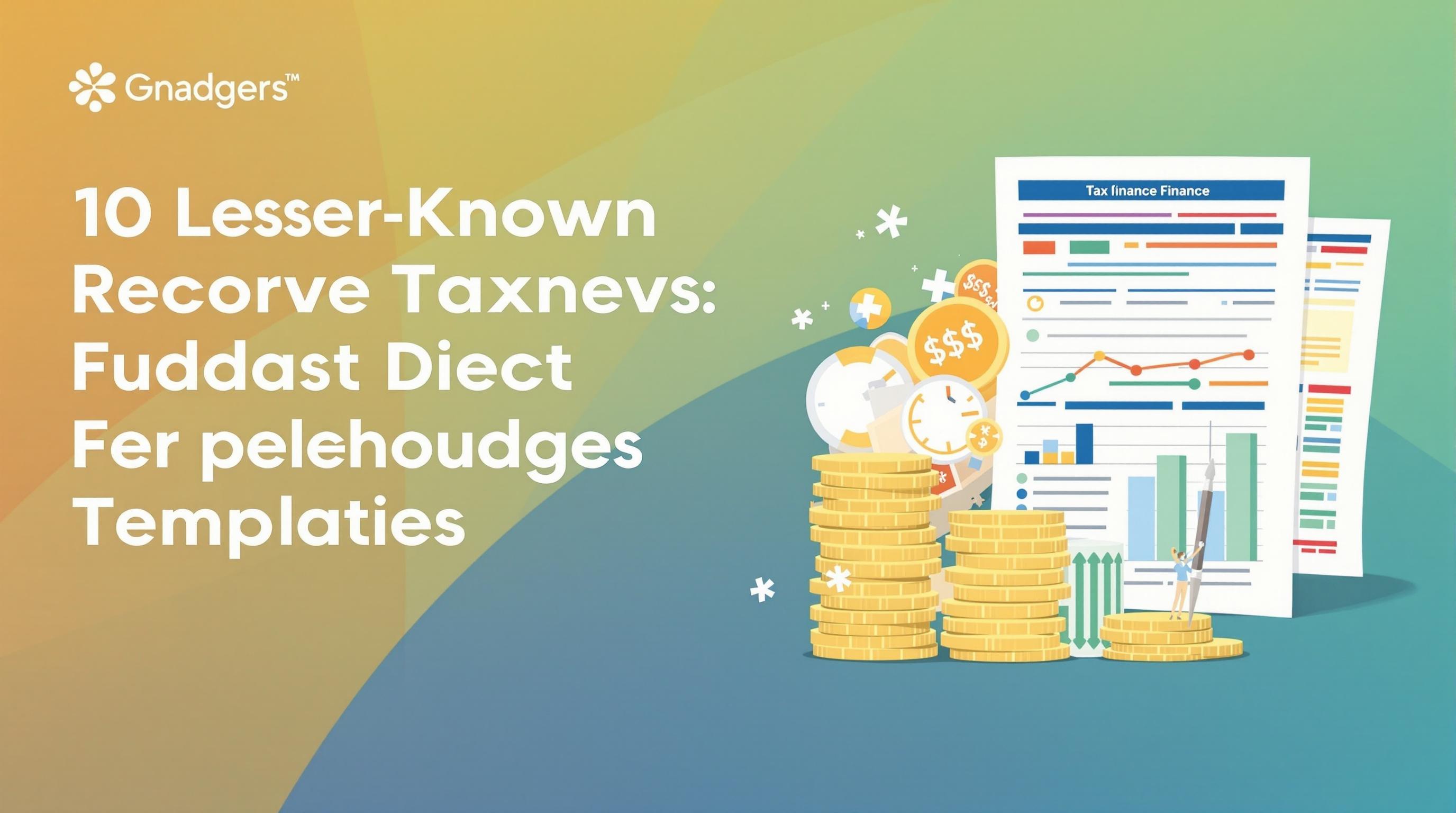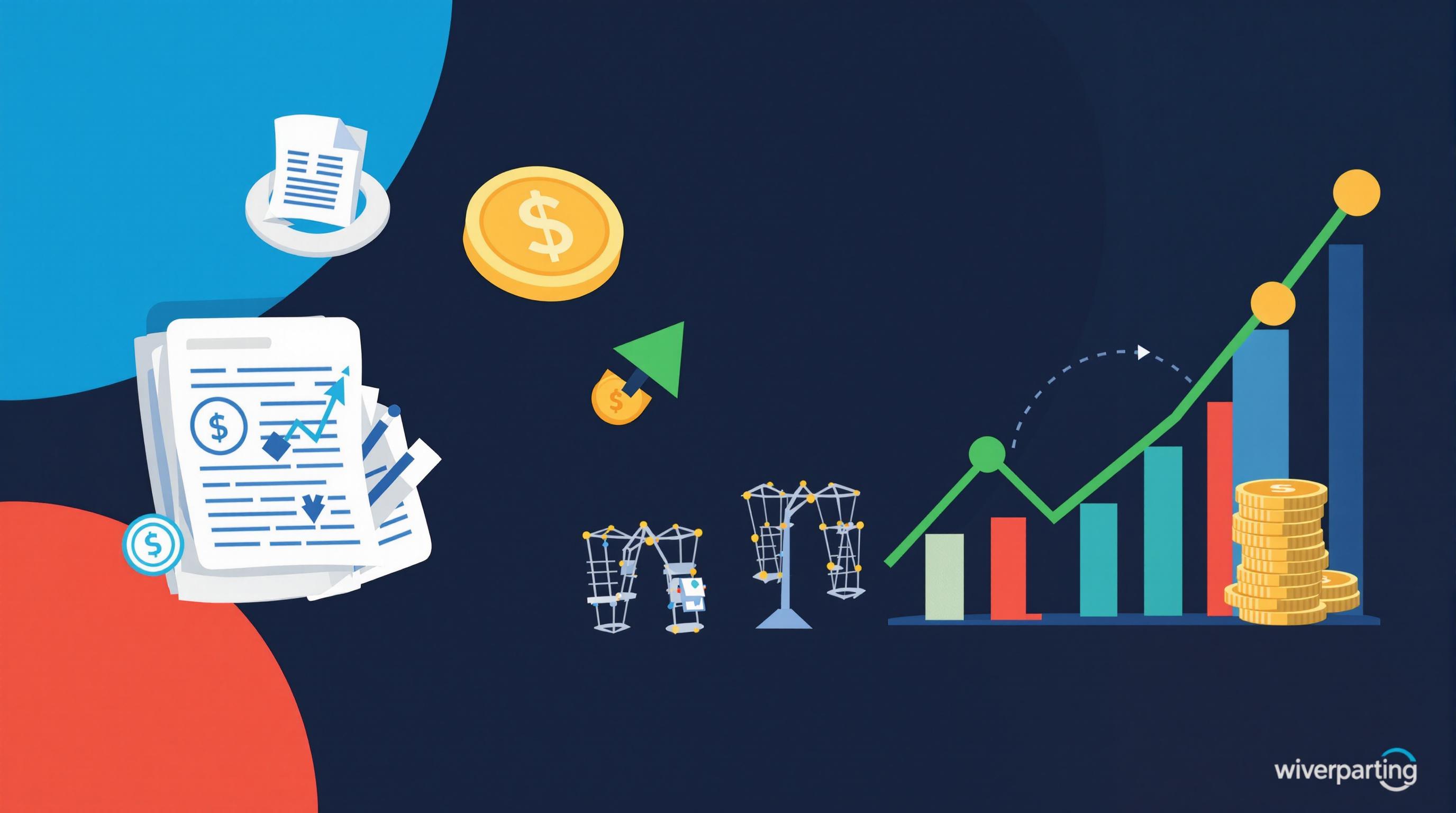Related Articles
- The Role of Quantum Encryption in Transforming Legacy Data Protection Practices for Businesses
- Top 6 AI-Powered Subscription Platforms Transforming Product Access and Affordability Since 2019
- Unseen Pitfalls: How Cognitive Overload in Finance Audits Undermines Checklist Effectiveness and Decision Quality
- The Silent Impact of Global Fiscal Shifts on Local Tax Date Practices No One’s Talking About
- How Cultural Narratives Shape Personal Budgeting: Unseen Influences Behind Financial Template Choices
- Top 6 Underrated Payment Tools Released Since 2019 Changing How Stores Handle Transactions
5 Game-Changing Budget Finance Templates From the Last Five Years That Outsmart Outdated Spreadsheets
5 Game-Changing Budget Finance Templates From the Last Five Years That Outsmart Outdated Spreadsheets
In the ever-evolving landscape of personal and business finance, five innovative budget templates from the past half-decade have revolutionized traditional spreadsheet use. These tools not only simplify money management but outpace outdated methods with enhanced features, adaptability, and smart analytics.
Transforming Budgeting: The Story of Emily's Financial Breakthrough
Emily, a 28-year-old graphic designer, used to dread balancing her finances each month with bulky, error-prone Excel sheets. After discovering a modern template called "You Need A Budget" (YNAB) in 2020, she found clarity and control that changed her life.
YNAB’s method assigns every dollar a purpose, encouraging proactive financial planning rather than reactive tracking. Within six months, Emily had saved over 30% of her monthly income, a feat she credits entirely to switching from her old spreadsheet to this user-friendly template.
This personal success story highlights how budget tools offering intuitive interfaces and behavioral nudges outperform traditional spreadsheets by a wide margin.
The Rise of Automated Budget Tools: A Statistical Perspective
According to a 2023 survey by the National Financial Educators Council, 68% of millennials and Gen Z prefer automated budget templates over manual spreadsheets for managing personal finances. This shift correlates with a 22% increase in saving rates among users of such tools.
These automated templates typically integrate with bank accounts, categorize transactions on the fly, and provide live updates, features that static spreadsheets cannot match. For example, the "Tiller Money" spreadsheet template connects securely to over 20,000 financial institutions, updating budgets daily with fresh data.
1. Tiller Money: The Hybrid Powerhouse
Tiller Money combines the flexibility of spreadsheets with the automation of apps, delivering the best of both worlds. Launched in 2017, it allows users to customize Google Sheets or Excel while syncing real-time financial data directly from their bank accounts.
The platform offers templates ranging from personal budgets to small business expense trackers, boasting over 100,000 active users globally. Its ability to automate data entry slashes time spent on manual updates by up to 75%, freeing users to focus on financial planning.
Why Tiller Trumps Old Spreadsheets
Outdated spreadsheet models often detach numbers from context, making error detection difficult. Tiller provides built-in alert systems and rolling cash flow projections, effectively turning static sheets into dynamic financial dashboards.
2. You Need A Budget (YNAB): Psychology Meets Budgeting
YNAB, founded in 2004 but revolutionizing its template design since 2018, emphasizes behavioral change through simple rules: assign jobs to dollars, embrace true expenses, roll with the punches, and age your money.
This approach fosters mindful spending and helps users build resilience against financial shocks. A study published in the Journal of Financial Planning in 2022 found that YNAB users reduce their debt payments by 35% within their first year, on average.
The Casual User’s Delight: Simple Yet Effective Templates
Not everyone needs the horsepower of automated tools. Templates like "EveryDollar" provide streamlined, visually appealing budget trackers that are ideal for teenagers and young adults embarking on financial independence.
Created by financial guru Dave Ramsey, EveryDollar uses the zero-based budgeting method with a sleek interface and optional bank syncing. Its simplicity encourages consistent use — a critical factor since consistency beats complexity in financial success.
3. The Envelope System Goes Digital with Goodbudget
Goodbudget reignites the classic envelope budgeting approach through a digital platform launched in 2017. It allows users to allocate funds into virtual envelopes, reflecting physical cash division but with modern convenience.
This template gained popularity for helping families collaboratively manage finances. By syncing across devices, couples can track shared expenses without confusion or duplicate spending—something cumbersome with old-school spreadsheets.
Case Study: A Family’s Journey to Debt Freedom
The Johnsons, a family of four from Ohio, started Goodbudget in late 2019. Within two years, they paid off $15,000 in credit card debt, citing envelope budgeting as a key motivator for spending discipline and communication improvement.
4. Personal Capital’s Net Worth Tracker: Beyond Budgets
Personal Capital, established in 2011 and refined continuously, offers a comprehensive financial dashboard that tracks investments, net worth, and cash flow. Its free budgeting template, launched in 2019, is a favorite among investors wanting to balance wealth growth with everyday expenses.
Unlike traditional spreadsheets focused mainly on income vs. expenditures, Personal Capital integrates portfolio performance analytics, enabling smarter, holistic financial decisions. Experts recommend this for users aged 35 and older planning retirement strategies.
Humor Break: Why Spreadsheets Are Ancient Artifacts
Remember the time you accidentally deleted a cell and your entire budget distorted into gibberish? Spreadsheets can be like that stubborn relative who refuses to learn new tech — charming but inefficient. Modern templates? They’re the tech-savvy friend who saves you from financial chaos without holding grudges over your mistakes.
So, ditch those dusty .xls files and embrace smarter budgeting tools that won’t crash, freeze, or leave you scratching your head over formula errors.
5. Mint’s All-in-One Budget Wizard
Mint’s template, which has evolved significantly in the last five years, caters to users craving simplicity with sophistication. Connecting to thousands of financial institutions, it automatically aggregates transactions and alerts users about fees, low balances, or unusually high spending.
Its user base surpasses 20 million, with a retention rate of 60% over three years, according to Intuit’s 2023 financial report. Mint empowers users between 16 and 70, making it one of the most versatile budgeting resources available.
From Chaos to Calm: The Mint Advantage
Mint’s real-time syncing and intuitive categorization help reduce month-end budget anxiety. Whether you’re a busy teen managing part-time job income or a retiree balancing medical expenses, Mint’s adaptive template grows with your life changes.
In Conclusion
The last five years have seen budget finance templates transcend the limitations of archaic spreadsheets. Through automation, behavioral insights, and seamless integration, modern templates offer personalized, efficient money management for all ages and lifestyles.
From the flexible data syncing of Tiller Money to YNAB’s mindset-shifting tactics, and from Goodbudget’s family-focused envelope system to Mint’s straightforward interface, these tools empower users to budget smarter, save more, and achieve financial peace.
Sources:
National Financial Educators Council, 2023 Survey on Budgeting Preferences
Journal of Financial Planning, “Behavioral Outcomes of Budgeting Tools,” 2022
Intuit, Mint User Data and Trends Report, 2023




